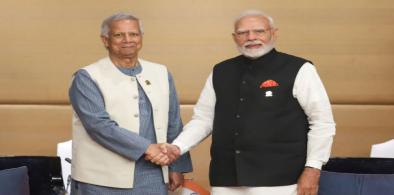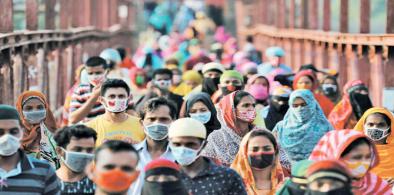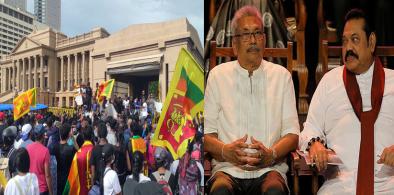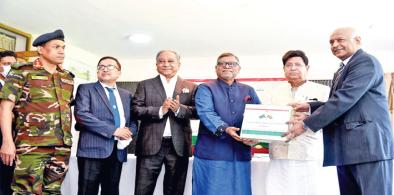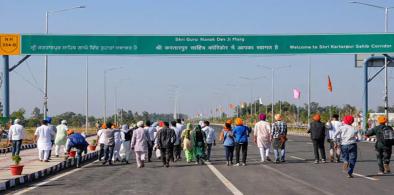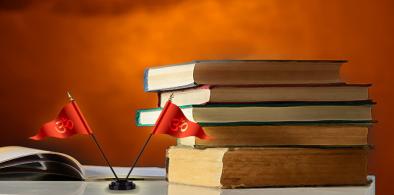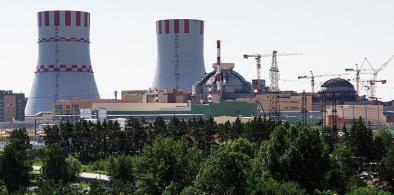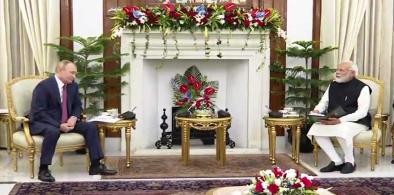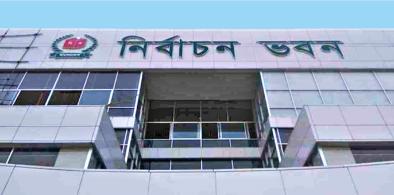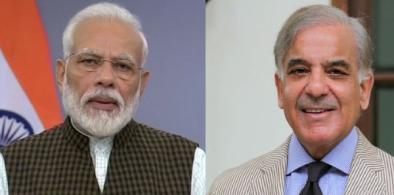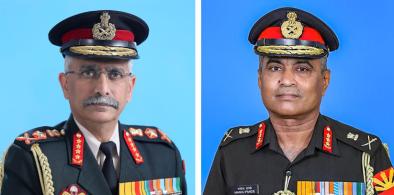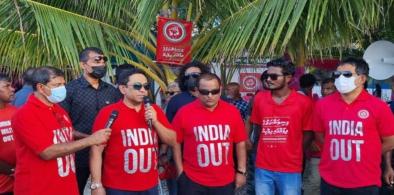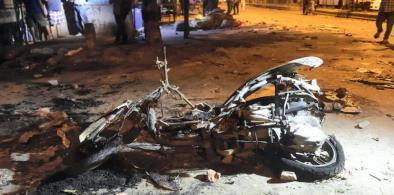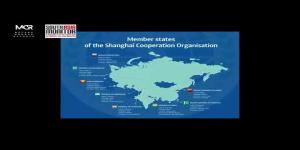Bangladesh has a long experience in facing natural disasters and managing risks and has been utilizing the learning to cope with Covid-19 too, writes Dr Mohammad Rezaul Karim for South Asia Monitor

Nepal's Political Transition: An Unfinished Business
Moderator Khushi Kabir repeatedly situated Nepal’s uprising within a broader South Asian context, drawing parallels with recent mass movements in Sri Lanka and Bangladesh. She described Nepal’s experience as part of a regional reckoning driven by youth demanding accountability, dignity, and meaningful participation in governance.
PNS Khaibar: A Milestone in Pakistan-Turkey Strategic Cooperation
With PNS Khaibar's delivery Pakistan and Türkiye are taking their relationship to a new level which is not limited to traditional political friendship. At the handover ceremony, Erdoğan described the relationship between the countries as "brotherly ties" and emphasised the need to further collaborate in defence production. The naval leadership of Pakistan also pointed to the fact that the partnership should benefit Pakistan in achieving its overall maritime modernisation.
A Nation At Crossroads: Islamist Terror, Minority Persecution, And The Burning of Bangladesh’s Conscience
What is unfolding in Bangladesh bears unsettling resemblance to trajectories seen in Pakistan and Afghanistan, where false blasphemy accusations have long been used to terrorize minorities and silence dissent. Once such violence is tolerated, it expands - devouring journalists, artists, reformist Muslims, and eventually the state itself.
Bangladesh–India Relations at a Crossroads: Needed Recalibration, Not Rupture
The current strains in Bangladesh–India relations should therefore be seen not as an inevitable deterioration, but as a test of diplomatic maturity. Bangladesh and India share more than geography and history; they share a responsibility to ensure that temporary political frictions do not harden into structural mistrust. In a time of regional uncertainty, neither country benefits from a relationship defined by grievance or miscommunication.
Price of chauvinism: Sri Lankans soul-search as mass fury topples a prime minister
The path ahead in Sri Lanka will not be easy – for anyone. But the situation – widespread shortages of all essentials including medicines, food and fuel – have left many Sinhalese wondering if they were right in ignoring what tens of thousands of Tamils underwent for long years, writes M R Narayan Swamy for South Asia Monitor
From donation seeker to donor: Bangladesh's assistance to Sri Lanka is a governance lesson for others
Bangladesh continues to generously host the world’s largest and growing refugee settlement despite the huge burden on economy, food management, limited resources and other circumstances, writes John Rozario for South Asia Monitor
Bridging the India-Pakistan divide: Let families reunite before it's too late
Today, in the 75th year of Independence, both India and Pakistan must honour their 2012 agreement and allow at least the elderly to meet relatives across the divide, writes Tridivesh Singh Maini for South Asia Monitor
The Indianisation of education: Education with a not-so-hidden agenda
Overall, the changes proposed in the country's education system are in tune with the concept of nationalism and culture that sectarian nationalists want to impose on the country, writes Dr Ram Puniyani for South Asia Monitor
Russia-funded Rooppur nuclear power plant in Bangladesh: Wise move or potential catastrophe?
Though Russia has agreed to accept spent fuel, it is unclear how safe the procedures for removing it from reactors and transporting it from Bangladesh will be, writes Aashish Kiphayet for South Asia Monitor
Why India should reconsider its ties with Russia
To expect that in a possible future armed conflict with a neighbor, India can rely on the Russian army is lunacy. The Russian army itself demonstrated in Ukraine what actually it represents, write Prof (Dr) Vesselin Popovski, Prof Abhinav Mehrotra and Surabhi Bhandari for South Asia Monitor
Why hate has visceral appeal in India
By using religion and nationalism in tandem, the BJP has taken giant strides forward in the electoral field so much so that its opponents – the so-called secular parties – are at their wit’s end, writes Amulya Ganguli for South Asia Monitor
A 'Made in India' de-radicalization programme that has benefited thousands
While the number of those who have benefitted from the Art of Living’s trauma relief is some 150,000, a total of 2,000 fighters are claimed to have laid down their weapons in various parts of the world including India, Sri Lanka, Nepal, Kosovo, Colombia, Ivory Coast, Iraq and the Philippines after being inspired by the spiritual group, writes M.R. Narayan Swamy for South Asia Monitor
Can Bangladesh have a free and fair election?
Bangladesh's leaders struggled to protect people's right to vote when they were out of power; in power, they continue their attempts to deprive them of the right to vote, writes Aashish Kiphayet for South Asia Monitor
Will India-Pakistan peace remain a chimera?
If only the leaders in both India and Pakistan would listen for once to the voices of young people and the dreamers, and not be swayed by the fanatics, no time can be short enough to make a new beginning, not just for India and Pakistan, but for the two billion people of South Asia, writes Tarun Basu for South Asia Monitor
New Indian Army chief faces a daunting task: Maintaining combat efficiency in face of multiple challenges
The reality is that Delhi had forfeited the tactical advantage that the Indian Army had acquired at considerable cost, to ostensibly facilitate the negotiations with China. However, despite multiple rounds of talks, the PLA has not moved back from all the areas that it had intruded into along the LAC, writes Cmde C Uday Bhaskar (retd) for South Asia Monitor
Why Bangladesh is a different story from Sri Lanka, Pakistan
Bangladesh is a miracle story, while Sri Lanka and Pakistan are disaster tales, writes John Rozario for South Asia Monitor
Maldives’ domestic politics has potential for fallout on India ties
Yameen’s ‘India Out’ campaign is centred on his firm belief that independent of change of governments and leaderships in New Delhi, India was against his becoming president, writes N. Sathiya Moorthy for South Asia Monitor
The changing anatomy of hate and communal violence in India
Even in these dark times, one can see bright rays of communal harmony. One only hopes these trends are encouraged and divisive loudmouths are punished, writes Dr Ram Puniyani for South Asia Monitor




